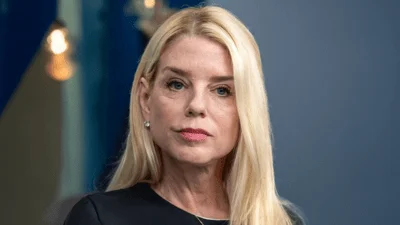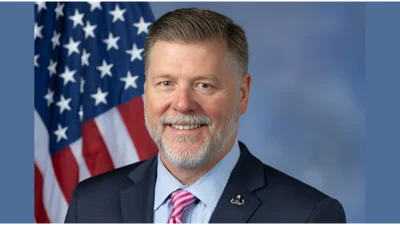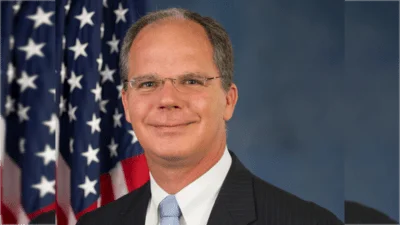Congresswoman Betty McCollum (D-MN), Chair of the Interior, Environment, and Related Agencies Appropriations Subcommittee, delivered the following remarks at the Subcommittee's hearing on challenges and opportunities around strengthening community recycling programs:
Good morning, this hearing will now come to order.
Today, the Interior-Environment Subcommittee is conducting a hearing on community recycling programs. We will examine implementation obstacles and explore opportunities for the federal government to partner with county and municipal governments and other critical recycling sector stakeholders to increase recycling rates throughout the country.
The average American views recycling positively. Recycling reduces the quantity of material disposed of in landfills or incinerators, saves energy and natural resources, and reduces supply chain costs for manufacturers. That means lower costs for consumer goods, new job and growth opportunities for workers and businesses, and a cleaner environment. However, as we will hear from our witnesses today, making this vision a reality is complicated.
The recycling supply chain is a dynamic and highly fragmented market space. Each year, new products and packaging technologies enter the market. At the same time, consumers face a constantly evolving landscape of what materials local recycling programs can accept and the degree to which they must separate these materials. If done improperly by the consumer at the curbside, county and municipal governments must separate out the trash from recoverable materials. This comes at a very high cost, one that is borne by local governments, and ultimately, taxpayers.
If the contamination is too high, entire recycling bins end up being diverted from recycling centers to landfills, because the separation costs are prohibitive. This, along with many other challenges, some of which we will hear about today, is why as much as half or more of all recyclable materials are currently not being recovered. That’s roughly $10 billion that Americans are literally throwing away each year.
I think we can all agree that we can do better. For decades, the United States has relied on foreign recycling markets with lax quality standards to accept our recycling waste, even material with large amounts of cross-contamination.
More recently, however, many of the world’s major recycling importers like China, India, Vietnam, and other countries in southeast Asia have begun to implement and enforce quality standards for imported recyclable commodities. In 2018, for example, China adopted it’s “National Sword" policy, which severely limited the amount of recyclable material that the U.S. can export to China. Prior to their policy, China handled almost half of the world’s recyclable waste.
These changes to domestic and international recycling commodity markets have been financially painful to our local and county governments, forcing many jurisdictions to rethink the way they operate their recycling programs and manage waste.
We have all heard the cliché that a ‘crisis’ is both a moment of danger and opportunity. We need to carefully navigate the dangers of the current recycling crisis. But, we should also seize this opportunity to make long-overdue investments that grow America’s circular economy. That’s what we’ll be focusing on in our hearing this afternoon.
Today, we will be hearing from two panels of witnesses, first from the Environmental Protection Agency, and second from an array of key recycling sector stakeholders.
Before we get started, I would like to note that last September, this subcommittee held a hearing on the tremendous damage that marine debris is inflicting on wildlife and ecosystems. While increasing recycling rates by itself certainly won’t solve that problem, the more plastic we divert from the waste stream, the less that ends up in our rivers, lakes, including the Great Lakes, and our oceans.
I would now like to yield to our Ranking Member, Mr. Joyce, for any opening remarks.
Source: U.S. Department of HCA









